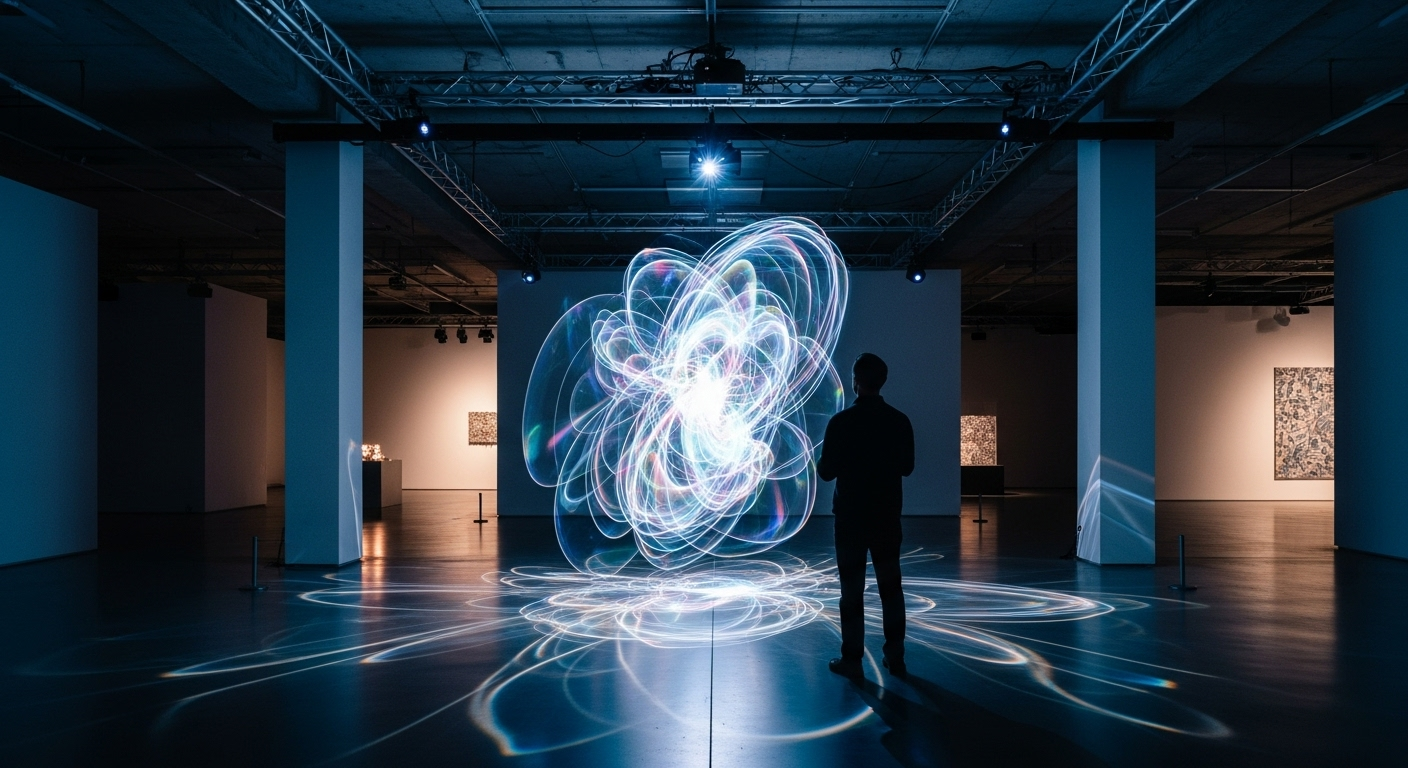Augmented layers in exhibits: practical AR tools for public displays
Augmented reality (AR) can add contextual layers to public exhibits, blending digital content with physical spaces to support theater, murals, installations, festivals, and archives. Practical AR tools help curators, artists, and organizers design immersive experiences that integrate audio, projection, and mobile interfaces while addressing accessibility, sustainability, and collaborative production models.

Augmented layers in exhibits: practical AR tools for public displays
Augmented reality (AR) can add contextual layers to public exhibits, blending digital content with physical spaces to support theater, murals, installations, festivals, and archives. Practical AR tools help curators, artists, and organizers design immersive experiences that integrate audio, projection, and mobile interfaces while addressing accessibility, sustainability, and collaborative production models.
How can AR enhance theater and installation?
AR can extend stagecraft beyond the proscenium by overlaying graphics, subtitles, or scenography cues that interact with performers and audiences. For theater, spatial tracking and markerless AR allow set elements to change in response to movement, while projection mapping and synchronized audio create hybrid live-digital moments. In installation work, AR supports layered narratives: a physical sculpture can reveal hidden histories or choreography through an app, turning static pieces into time-based storytelling.
Practical tools for these uses include mobile AR platforms that support real-time tracking, SDKs that sync with lighting and audio consoles, and content managers that schedule timed triggers. Integrating AR into rehearsals and technical runs is essential so performers and technicians adapt to mixed-reality timing and sightlines.
What AR tools suit mural and projection projects?
Murals and large-scale projection benefit from AR that anchors digital content to surfaces reliably across variable light and viewing distances. Apps that support image recognition and surface detection let viewers use smartphones or tablet devices to reveal animated layers, historical overlays, or multilingual captions over a mural. Projection AR combines physical projection with AR overlays to enhance detail or extend imagery beyond the projector’s reach.
Practical tool choices include web-based AR (WebAR) for instant access without downloads, and native apps for richer tracking and offline caching. When planning, account for ambient light, sightlines during festivals, and device camera capabilities to ensure consistent registration of augmented content on brick, plaster, or painted surfaces.
How does augmented audio support immersive exhibits?
Augmented audio—spatialized sound, location-triggered narration, and contextual audio layering—complements visual AR to increase immersion. Using Bluetooth beacons, GPS, or visual markers, exhibits can trigger audio content as visitors move through an installation or festival route. Spatial audio engines render sound that appears to come from a specific object or direction, enhancing theater scenes, archival storytelling, or mural narratives.
Choose audio formats and delivery that accommodate accessibility: transcripts, adjustable volume, language options, and low-latency playback. Testing audio in situ is critical, as acoustics in public spaces or galleries vary and may influence how voices and effects are perceived.
How can AR aid curation and archive access?
AR can surface contextual metadata, provenance, curator notes, and archival imagery directly on or beside objects, supporting layered curation without touching fragile materials. For archives, AR apps can let researchers and visitors view digitized pages, restoration histories, or alternate states of an object over time. This supports interpretive programming during residencies and exhibitions by connecting physical displays to deeper archival resources.
Practical implementations rely on content management systems that link AR assets to archive records, and user interfaces that present optional layers so visitors choose how much contextual information to reveal. Consider permissions, rights management, and data standards to keep archival content accurate and discoverable.
How can AR improve accessibility and sustainability?
AR can improve accessibility by offering captioning, sign-language avatars, audio descriptions, simplified visual modes, and high-contrast overlays tailored to diverse needs. Mobile AR can present alternative navigation paths for visitors with mobility needs or sensory preferences. For sustainability, AR reduces the need for multiple physical replicas or extensive printed panels by delivering digital interpretation that can be updated remotely.
Design AR with inclusive testing and low-bandwidth options: support older devices, offer downloadable offline packages, and minimize energy-intensive processing. Sustainable UX choices—like optimizing assets and avoiding heavy AR effects when unnecessary—can reduce device battery drain and server load while broadening reach in your area.
What collaboration and residency models support AR?
Successful AR exhibits typically involve interdisciplinary collaboration between artists, technologists, curators, accessibility specialists, and local communities. Residency programs that pair technologists with artists can produce prototypes that iterate in real-world settings, while festival partnerships offer opportunities to test AR at scale. Collaboration models that include community contributors and local services encourage contextual relevance and shared ownership.
Practical arrangements include phased residency timelines for research, prototyping, testing with target audiences, and technical integration. Establishing clear roles—who maintains content, who updates software, and how to handle device compatibility—helps sustain augmented exhibits beyond launch.
Conclusion
Augmented layers offer practical ways to enrich public displays across theater, mural work, installation, festival programming, and archival interpretation. By selecting appropriate AR tools—balancing mobile and projection approaches, integrating audio, and planning for accessibility and sustainability—curators and artists can deliver immersive, layered experiences. Collaborative development and iterative testing in situ help ensure these augmented exhibits remain durable, inclusive, and responsive to audience needs.






